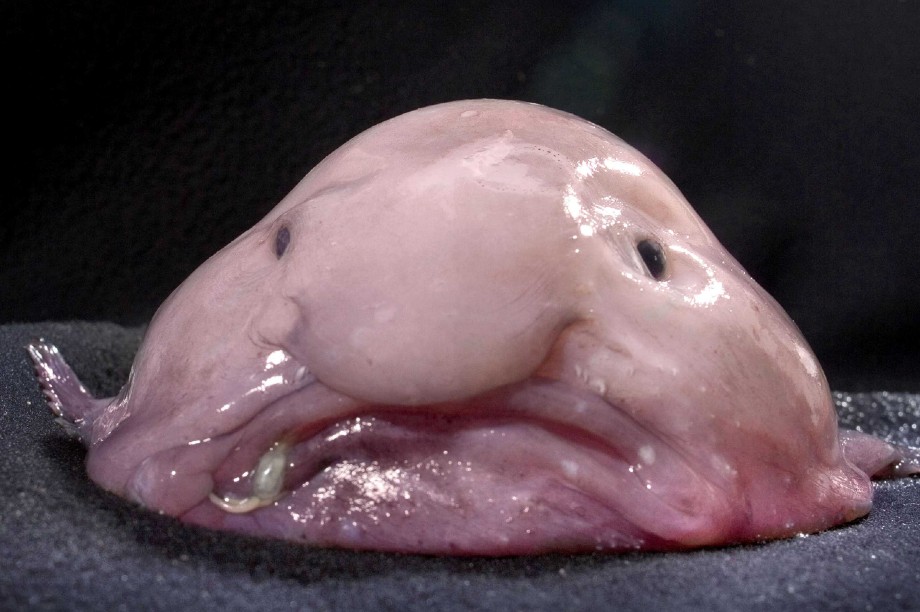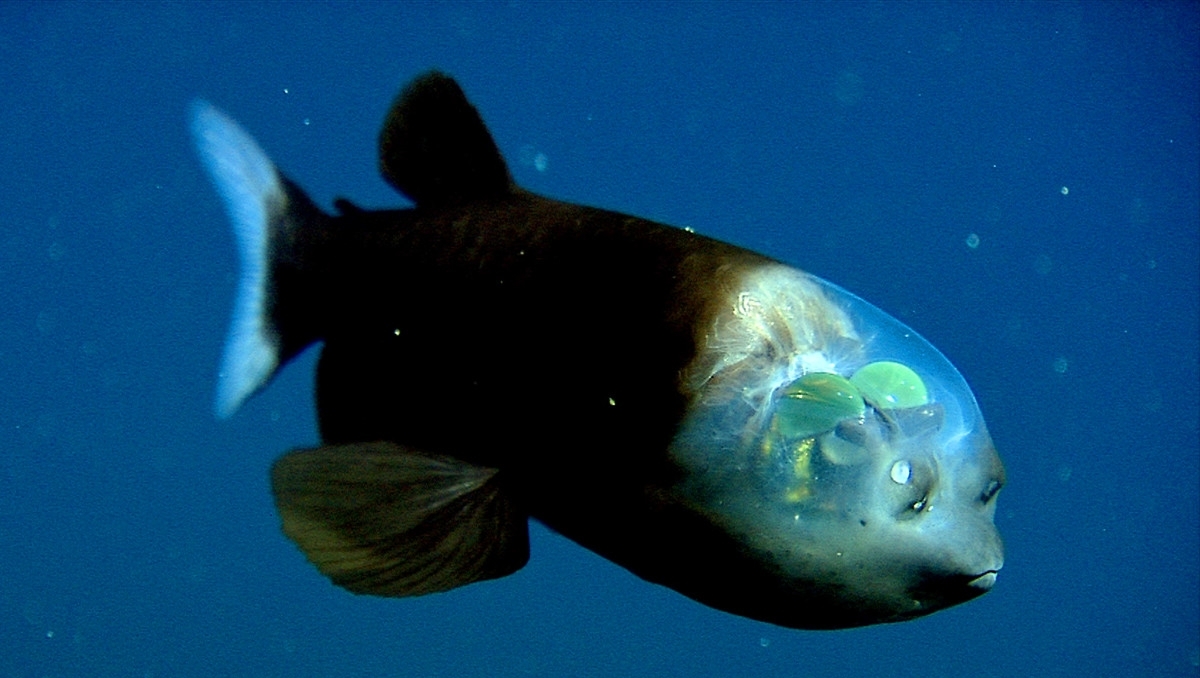
The gelatinous, strange-looking fish swims in underwater regions where the pressure is 60 to 120 times greater than at sea level depths ranging from 2,000 to 3,900 feet . These animals have different anatomy compared to other fish. For example, they don't have a swim bladder, which allows them to control buoyancy. If blobfish had these gas-filled sacs, they would implode. Their reproduction rate is slow, as well as their growth and aging, and they could live up to 130 years.
Bald Uakari (pronounced ‘wakari’) is a small monkey found in the Amazon basin with a long ginger shaggy coat, and a hairless head and face – which is coloured bright red.Bald uakaris are both herbivores (plant-eaters) and frugivores (fruit-eaters), and their exact diet varies depending on the time of year. The bald uakari’s lifestyle is highly dependent on the season in the Amazon River Basin. When there is flooding during the wet season, bald uakaris are arboreal and live in the treetops of the Amazon, where they enjoy a fruit-heavy diet. During the dry season, they become terrestrial and roam the forest floor to forage for seeds and seedlings. Regardless of the season, bald uakaris are diurnal, meaning they are active during the humid days in the Amazon.

Barreleyes are thought to be solitary creatures that inhabit the ocean’s twilight to midnight zones, usually between 2,000 to 2,600 feet (600 and 800 meters).Little is known about barreleye reproduction. However, researchers believe that barreleye fish are pelagic spawners – eggs and sperm are released directly into the water. In addition to their amazing eyes, barreleye fish have large, flat fins which allow them to precisely maneuver, as well as remain almost completely motionless in the water.

They were first discovered in the Greater Mekong Region, around the Mekong river. https://www.youtube.com/watch?v=-ySwuQhruBo These wasps were named after the soul-sucking ‘dementors’ from Harry Potter. The dementor wasp paralyses cockroaches with venomous sting to the head, turning them into a zombie, with no free will of their own. Their larvae instinctively feed on non-vital organs first, in an effort to keep the cockroach alive and fresh for as long as possible.